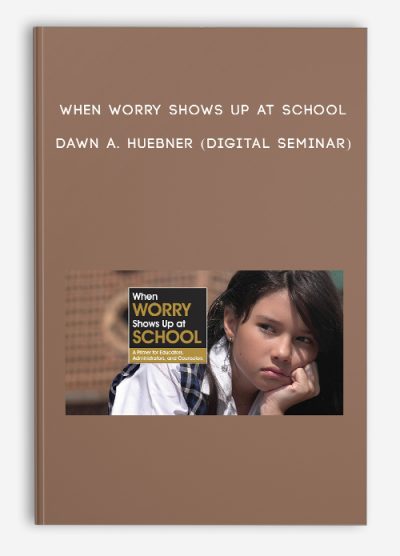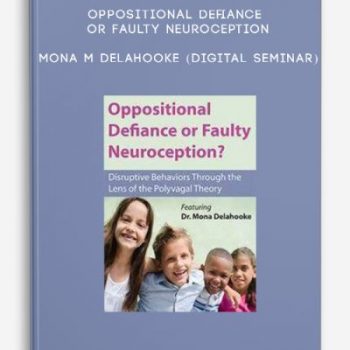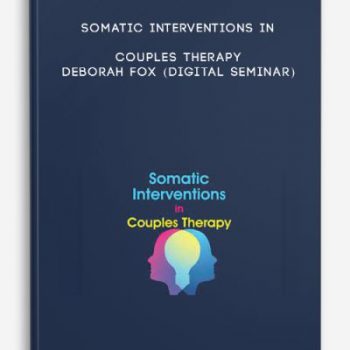When Worry Shows Up at School – DAWN A. HUEBNER (Digital Seminar)
Description:
Even in the most supportive of classrooms, anxiety enters on the heels of approximately 1 in 5 children, making it difficult for them to interact with teachers and/or peers and to fully access the curriculum.
Anxiety shows up as stomachaches, tearfulness, perfectionism, refusal to participate and more, holding not only the child but sometimes entire classroom hostage. Anxious children need reassurance and accommodations, which teachers who are already stretched thin try to give. Yet sadly, the anxiety often remains stubbornly in place. Fearfulness and avoidance, for some children, become the norm.
It doesn’t need to be that way.
There is a paradox about worry: that the more we fight it, the more it holds on. It turns out that the best way to get rid of anxiety is to stop trying to get rid of anxiety. This paradox flies in the face of many of the interventions made by well-meaning adults who inadvertently collude with young worriers in an attempt to get rid of the worry, thereby locking it in place. Oftentimes school-based accommodations do this, too.
In this 90-minute recording, educators, administrators and school counselors will learn a new way of thinking about anxiety, and a new way of responding to it, a way that supports the anxious child without inadvertently supporting their anxiety. Practical, effective, school-based techniques will be highlighted with the aim of helping children – and the school-based adults who care about them – break free from the grip of worry.
Outline:
Three Key Concepts About Anxiety
- Anxiety is the normal byproduct of an internal alarm system
- Sometimes the alarm is triggered by mistake
- The goal is not to get rid of the alarm system but to learn to respond differently
Recognizing Anxiety at School
- “Normal” versus “problematic” anxiety
- Manifestations of fight, flight or freeze
- The process of anxiety versus the content of anxiety
What is the Worry Loop and Why Does It Matter?
- The “Worry Loop”
- Safety Behaviors “feed” anxiety, keeping it going
- School-based accommodations often inadvertently support Safety Behaviors
How to Create Effective Accommodations
- Making supportive statements (acknowledging and encouraging)
- The role of exposure
- Ensuring that accommodations are beneficial, dynamic, and temporary
NLP online course
So what is NLP?
Firstly, NLP stands for Neuro-Linguistic Programming. Secondly neuro refers to your neurology;
Thirdly linguistic refers to language however, programming refers to how that neural language functions.
As a result,In other words, learning NLP is like learning the language of your own mind!
Moreover, NLP is the study of excellent communication–both with yourself, and with others.
It was developed by modeling excellent communicators and therapists who got results with their clients.
NLP is a set of tools and techniques, but it is so much more than that.
In conclusion, It is an attitude and a methodology of knowing how to achieve your goals and get results.
Preview Information:
Original Page
Archive Page
More Course: NLP – HYPNOSIS – PHILOSOPHY
Outstanding Course:Emotional Abusive Behaviors and A Closer














Lord –
This is Digital Download service, the course is available at Vincourse.com and Email download delivery.